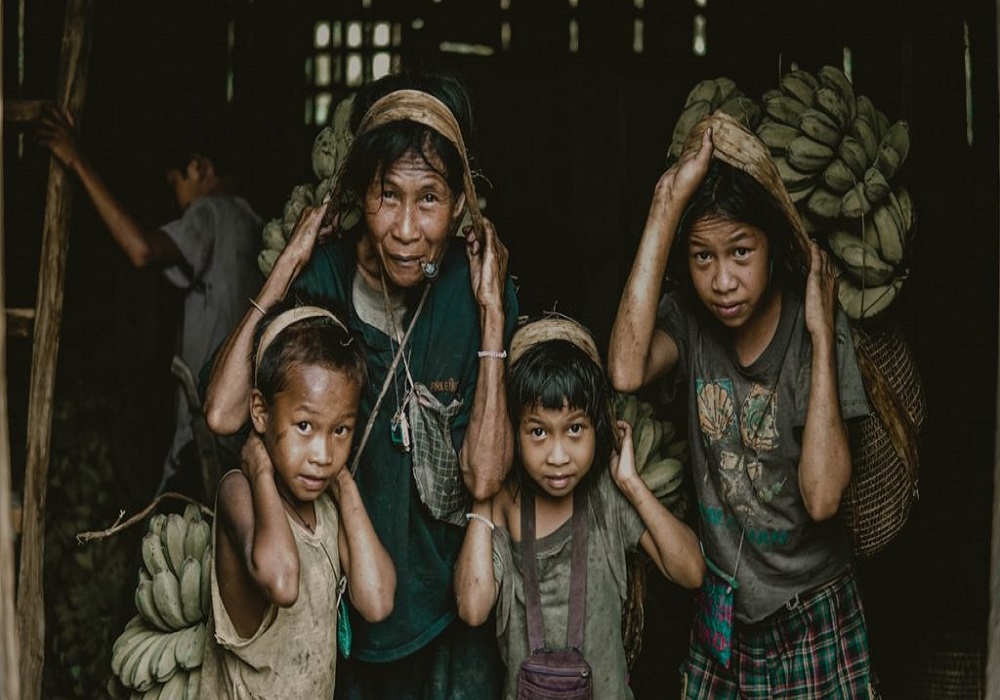Child labor remains a pervasive and distressing issue in India, casting a shadow over the future of countless children. To address this deeply entrenched problem, it is crucial to dissect and comprehend the root causes that sustain its existence.
1. Poverty
At the heart of the child labor crisis in India is the harsh reality of widespread poverty. Families living in impoverished conditions often find themselves compelled to send their children to work as an economic necessity rather than a choice. The inability to meet basic needs and access education perpetuates a cycle of generational poverty, leaving children vulnerable to exploitation.
2. Lack of Access to Quality Education
The absence of accessible and quality education acts as another major catalyst for child labor in India. Many children, particularly in rural areas, lack proper educational infrastructure, making them susceptible to exploitation. When schooling is inaccessible or of poor quality, children are more likely to be engaged in laborious work rather than pursuing their right to education.
3. Social Norms and Cultural Factors
Deep-seated social norms and cultural factors contribute to the persistence of child labor. In some communities, it is culturally accepted for children to contribute to family income from a young age. Challenging these ingrained beliefs and practices is crucial to breaking the cycle of child labor.
4. Ineffective Legal Framework
While India has legislation in place to prohibit child labor, enforcement and implementation remain major challenges. Gaps in the legal framework, coupled with limited resources for monitoring and enforcement, create an environment where unscrupulous employers can exploit children without fear of significant consequences.
5. Migration and Informal Economy
Migration, both internal and external, often places children in vulnerable situations. Families migrating for better opportunities may end up working in the informal economy where child labor in India is prevalent. The lack of regulation in the informal sector further exacerbates the problem.
6. Discrimination and Exploitation
Children from marginalized communities, such as those belonging to lower castes or tribal groups, are disproportionately affected by child labor. Discrimination and social inequalities make them more susceptible to exploitation, as they often lack the means to advocate for their rights.
CONCLUSION
Addressing the complex issue of child labor in India requires a comprehensive understanding of its multifaceted causes. Tackling poverty, improving access to quality education, challenging cultural norms, strengthening legal frameworks, and addressing discrimination are essential components of any strategy aimed at eradicating child labor. By addressing these root causes collectively, there is hope for building a future where every child in India can grow and thrive without the burden of exploitative labor.
Click here to know more about “How to stop Child Labour in India?”

